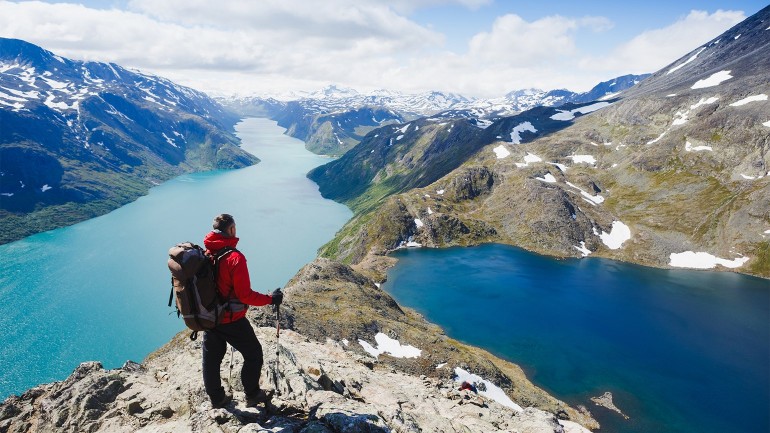Sponsored Listings:
From mounted treks on Icelandic horses to rafting trips in Costa Rica and back-country hikes in New Zealand, adventure travel is steadily growing and spreading across the globe.
However, while all those adventure-seekers bring economic prosperity to some far-flung locales, they can also bring unchecked development and damage to destinations and leave behind a profound impact to the environment that drew them there.
“We’ve all been to places that are being loved to death,” said Steve Barker, co-founder of Eagle Creek travel gear company.
That’s why Barker and representatives from the Adventure Travel Trade Association (ATTA), REI Adventures, ExOfficio and UnCruise Adventures announced the formation of the Adventure Travel Conservation Fund at the Adventure Travel World Summit in Anchorage last month.
According to the ATTA, adventure tourism grew 65% between 2009 and 2012 and is now valued at $263 billion. That means a lot of people are saddling, paddling and lacing up their boots in search of life-affirming travel experiences in remote corners of the world.
“The industry depends on cool, wild places and the cultures that are in these communities to attract customers,” Barker said. “That’s why we exist. That’s why our clients want to see these places.”
Like the Conservation Alliance, which has helped protect 45 million acres and 2,972 miles of rivers in North America over the last 27 years (and where Barker previously served two stints on the board), the Adventure Travel Conservation Fund will fund grass-roots, locally based groups to conserve and protect areas around the world where adventure travel is prevalent or growing.
“Our infrastructure is not tall buildings and big ships,” said Barker, who’s serving as chair of the fund’s steering committee. “Our infrastructure is wild places and indigenous cultures, so we need to continue to preserve that infrastructure and the access to it.”
With organizations already offering similar support in North America and Europe, the fund will focus on international regions where conservation funding has been lacking, as well as emphasize initiatives that can be completed in three to five years with grants of between $5,000 and $30,000. The initial round of funding is expected to be awarded in the second half of 2017.
“The goal here is to identify projects that are successful and that have the greatest need, and not only to help fund them but to shine light on them as examples to other parts of the world on how this can be done,” Barker said. “Locals can build an economy around adventure tourism without destroying their resources.”
The five founding companies, termed Adventure Leaders, will each contribute $25,000 annually for the next three years; the fund is seeking three more companies to join at that Adventure Leaders level. It is also admitting groups at membership levels of $2,500 or less based on their annual revenue. Already some 35 companies have filled out applications, and with the founding members covering administrative costs, all dues will go directly to the vetted projects.
With so many conservation initiatives in need of investment, Barker said choosing which projects to fund could be the biggest challenge, but the Adventure Travel Conservation Fund plans to turn to its members.
“They’re on the ground in these communities,” Barker said. “They’re business people. They understand what’s practical, but at the same time they are idealists and do have great values. This group has a lot of things that make it special and able to pull this off.”
Sourse: travelweekly.com










